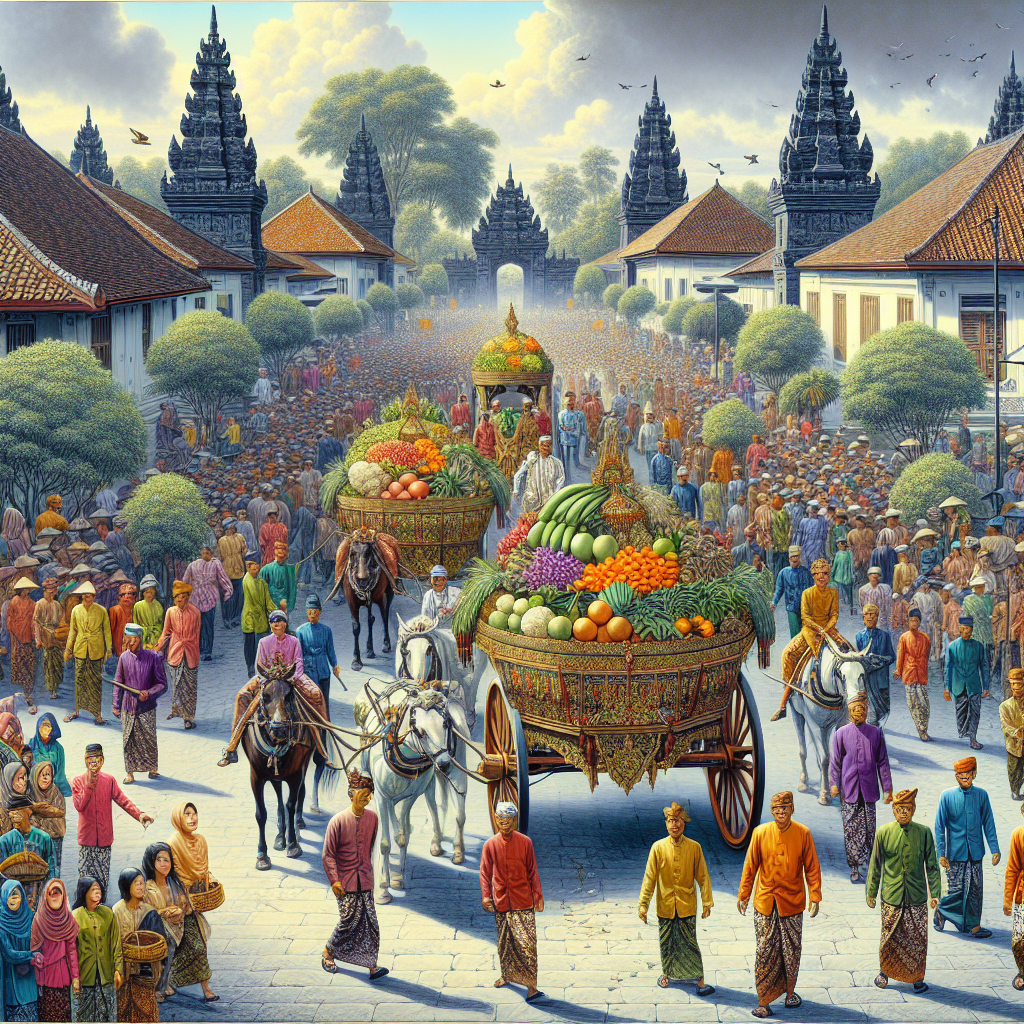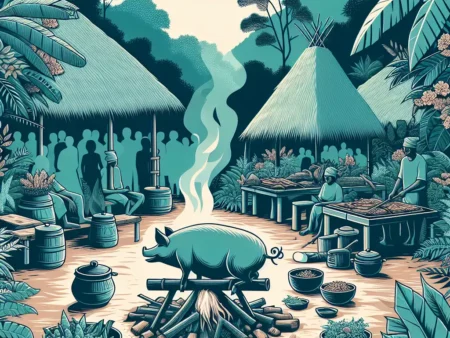Prosesi Upacara Grebeg Maulud di Keraton Yogyakarta: Tradisi budaya yang meriah dengan parade dan penampilan seni yang spektakuler.
Prosesi Upacara Grebeg Maulud di Keraton Yogyakarta
-
Table of Contents
Prosesi Upacara Grebeg Maulud di Keraton Yogyakarta

Introduction
Indonesia is a country rich in cultural traditions and celebrations. One of the most significant events in the city of Yogyakarta is the Grebeg Maulud ceremony, which takes place annually at the Keraton Yogyakarta. This article will explore the history, significance, and rituals of the Grebeg Maulud ceremony, shedding light on this unique cultural event.
The History of Grebeg Maulud
The Grebeg Maulud ceremony has its roots in the Islamic tradition of commemorating the birth of the Prophet Muhammad. It is believed to have been introduced to Yogyakarta during the reign of Sultan Hamengkubuwono I in the 18th century. The ceremony was initially held as a private event within the palace walls, but over time, it evolved into a public celebration.
The word “Grebeg” itself means “to collect” or “to gather,” while “Maulud” refers to the birth of the Prophet Muhammad. The ceremony is a way for the Sultan and the people of Yogyakarta to express their devotion and gratitude to the Prophet.
Significance of Grebeg Maulud
Grebeg Maulud holds great significance for the people of Yogyakarta. It is not only a religious event but also a cultural celebration that brings the community together. The ceremony symbolizes unity, harmony, and the preservation of Javanese traditions.
During Grebeg Maulud, the Sultan and his family lead the procession, followed by palace officials, soldiers, and members of the community. The streets are adorned with colorful decorations, and traditional music fills the air. The ceremony is a visual spectacle that showcases the rich cultural heritage of Yogyakarta.
The Rituals of Grebeg Maulud
The Grebeg Maulud ceremony consists of several rituals that are performed with great reverence and devotion. Here are some of the key rituals:
1. Slametan
The ceremony begins with a slametan, a communal feast where people gather to share a meal. The food is prepared according to Islamic traditions and is blessed before being served. The slametan is a symbol of unity and togetherness.
2. Tumpengan
After the slametan, a tumpengan ceremony takes place. Tumpengan is a Javanese tradition where a cone-shaped rice dish is offered as a symbol of gratitude and thanksgiving. The tumpengan is placed on a special platform and is adorned with various traditional Javanese dishes.
3. Labuhan
One of the most significant rituals of Grebeg Maulud is the Labuhan ceremony. Labuhan involves the offering of various items to the sea, symbolizing the Sultan’s gratitude for the blessings bestowed upon the kingdom. These offerings include fruits, flowers, and other symbolic objects.
4. Parade
Following the Labuhan ceremony, a grand parade takes place through the streets of Yogyakarta. The Sultan, dressed in traditional attire, leads the procession on a royal carriage. The parade is accompanied by traditional music, dance performances, and cultural displays.
Preserving Tradition and Cultural Heritage
Grebeg Maulud plays a vital role in preserving the traditions and cultural heritage of Yogyakarta. The ceremony serves as a reminder of the city’s rich history and the importance of maintaining cultural identity in a rapidly changing world.
Through Grebeg Maulud, the younger generation is exposed to the customs and traditions of their ancestors. They learn about the values of respect, unity, and gratitude, which are essential for a harmonious society.
Conclusion
The Grebeg Maulud ceremony is a vibrant and significant cultural event in Yogyakarta, Indonesia. It brings together people from all walks of life to celebrate the birth of the Prophet Muhammad and to honor the rich traditions of the city. The rituals and festivities of Grebeg Maulud serve as a reminder of the importance of cultural preservation and unity in today’s diverse world. By participating in this ceremony, the people of Yogyakarta continue to pass down their heritage to future generations, ensuring that their traditions remain alive and cherished.







